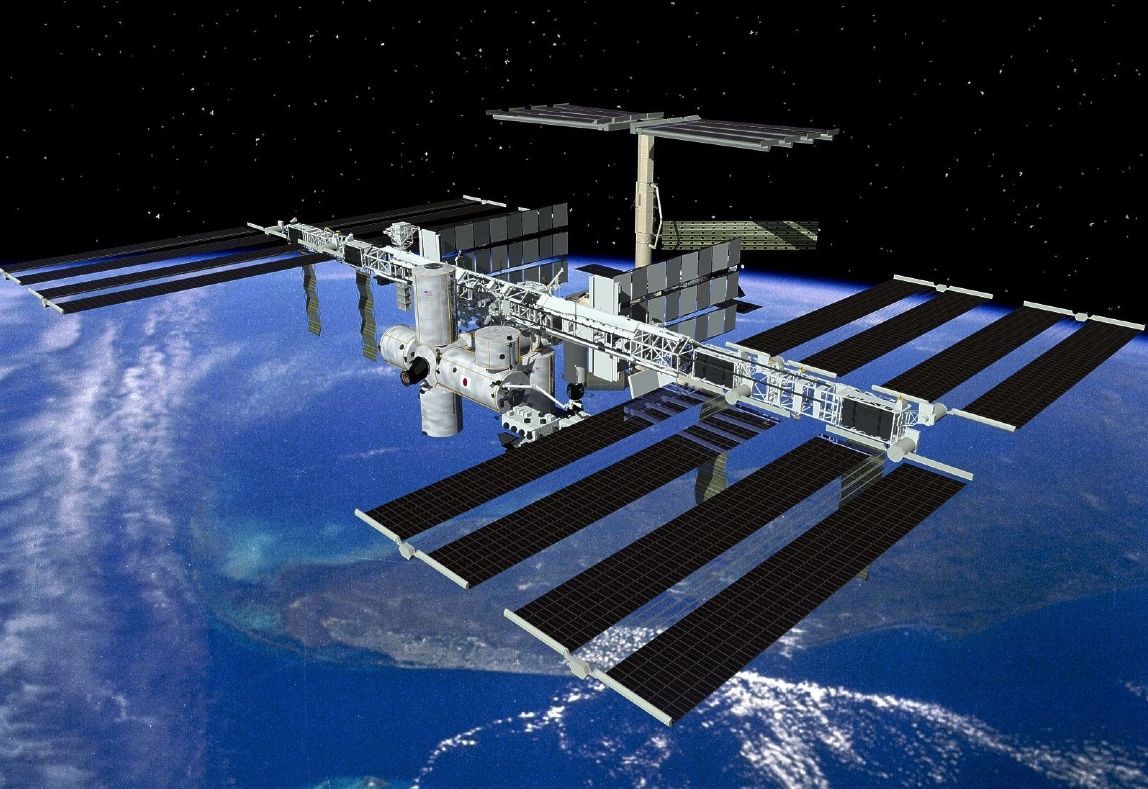#This is why China and Russia want to build a base on the Moon

Table of Contents
“#This is why China and Russia want to build a base on the Moon”
Roscosmos originated in 1991 from the dissolved soviet space program. The Soviet space agency accomplished a number of firsts, including launching the first satellite, as well as the first man, and woman, into space. In 1971, the USSR launched Salyut 1, the first space station, into orbit around Earth. The Soviet Union also played critical roles in the development of the International Space Station as that outpost morphed from Ronald Reagan’s original vision of an all-American space station Freedom.

On February 10, the Tianwen-1 spacecraft arrived at Mars. Designed by the China National Space Administration (CNSA), this was the first mission to arrive at Mars with an orbiter, lander, and rover (although the lander and rover have not yet touched down on the surface of Mars). In December, a robotic mission from China collected samples from the Moon, returning them to Earth for analysis. This was the first time in 40 years this has been accomplished.
“Within the framework of creation of the ILRS, China and Russia will use their experience in space science, R&D and use of space equipment and technology to jointly formulate a road map for the construction of the ILRS, and carry out the close collaboration on planning, demonstration, design, development, implementation and operation of the ILRS, including the promotion of the project to the international space communities,” the CNSA reports.
The space agencies in each country have issued statements welcoming the development and shared their views on what may be the first massive structure to be constructed in lunar orbit.
Each nation is committed to combining their rich experiences in space science, research, and use of space technology to explore Mars, and develop an international moon-based station for scientific research. Both countries will be involved in the planning, conducting the design, development, and operation of the research station.
“China and Russia use joint experience and scientific technologies to create a roadmap for building an international research station on the Moon,” CNSA said in a statement posted on WeChat.
On April 12, the world will celebrate Yuri’s Night — the 60th anniversary of human spaceflight, as well as the 40th anniversary of the first flight of the Space Shuttle.
Since the fall of the Soviet Union, The Russian Federation has lagged behind the US and China in the exploration of the Moon and Mars, and the nation is seeking to retake a leading role in the exploration of space.
Why a Lunar Station?
A lunar station could provide many benefits to the world space agencies and the people of those nations. It would serve as a practical step between our current capabilities and technologies need to, one day, colonize Mars. A permanent lunar outpost could serve as a base for a variety of activities such as the observations of the Sun and other astronomical objects, the study of Earth’s resources and environment, and other bodies in the Cosmos.
Building such an outpost would provide a research and proving ground for a variety of important advanced technologies and capabilities, including robotics, utilization of in-situ resources, resource depots, deep space units’ habitats, in-space propulsion, optical communication, space additive manufacturing (3D printing), and more.
During the “successful failure” of Apollo 13, the crew of this troubled spacecraft took stunning images of the lunar surface as they turned their sights back to Earth. Here are some of the video images they took while rounding the Moon in April 1970. Video by NASA.
The nature of the Moon and its resources, such as large quantities of water preserved in eternally-shaded craters, makes it a perfect base for lunar and subsequent Mars missions and other planetary activities.
The establishment of an International Lunar Station would signal an important breakthrough in transportation, high-value extraterrestrial resources, power and communications, crew habitats, and facilities that would significantly lower technical and financial risks for missions beyond the Moon.
And it would give the space programs of the world a much-needed clear, timely, and logical next step in the human exploration of space.
Still, More than 20 years Late for Space: 1999

The idea behind the construction of the Lunar Station is to put a permanent human facility on the Moon using proven capabilities and the best practices learned from the evolution and operation of the International Space Station.
“The ISS offers an existence proof of the feasibility of sustained human occupation and operations in space over decades. It also demonstrates the ability of many countries to work collaboratively on a very complex and expensive project in space over an extended period of time to achieve a common goal,” NASA writes in a 2014 study of a potential international lunar base.
The International Lunar Research Station would capable of supporting crews of 10-30 people, providing shelter, power, life support, communications, and the ability to exit from the facility and travel across the surface of the Moon. This outpost would be developed primarily through a consortium of public, private, and international contributors, according to the agreement.
It’s not the first time the two countries have collaborated on space missions. Moscow and Beijing are also working together on several other lunar and deep space exploration projects.
Movin’ on Up (384,400 kilometers up)
The community living in the International Lunar Research Station would work together, developing and sharing infrastructure, while also developing their own specific capabilities and talents.
Activities would range from scientific research and technology development, resource mining and processing, to human exploration of the Moon and even tourism. This enterprise would build on lessons learned from the International Space Station (ISS), built and used by sixteen countries.
While considering budgets to build and operate the lunar station, program managers looked, again, at the ISS. The initial effort will, likely, come from a government-funded programs. In order to share costs, it is helpful that two of the leading world economy countries have agreed to pull their resources together to build this international lunar scientific research station.
A look at NASA’s own plans for permanent human habitation of The Moon, narrated by William Shatner.
ASA is planning to return humans to the Moon with the Artemis program, a mission currently scheduled for 2024. When the Apollo missions placed 12 people on the Moon, only the United States and the Soviet Union had the technology capable of carrying out such a mission. In the coming years, several nations, including China, as well as some private companies, are likely to have the technology to place human beings on the surface of the Moon.
Currently the United States spends just one-half of one percent of the Federal budget on science. The 2020 budget for NASA was just $22.6 billion, while the current annual budget for the ISS runs about $3 billion per year. Roscosmos is funded annually to the tune of around $2.8 billion.
China and Russia estimate a lunar base would cost approximately $2 billion per year to maintain. Of that cost, roughly half would be transportation costs, with the remainder funding payloads and operations. Once the initial station is underway, additional funding from international and private partners is anticipated.
One essential technology still needed for building and operating a lunar station is inexpensive, reliable transportation to the orbit of our planetary companion — and, potentially, our new home.
This article was originally published on The Cosmic Companion by Chukwuemeka Aloysius Anigbogu, and James Maynard, founder and publisher of The Cosmic Companion. He is a New England native turned desert rat in Tucson, where he lives with his lovely wife, Nicole, and Max the Cat. You can read this original piece here.
If you liked the article, do not forget to share it with your friends. Follow us on Google News too, click on the star and choose us from your favorites.
For forums sites go to Forum.BuradaBiliyorum.Com
If you want to read more like this article, you can visit our Technology category.



